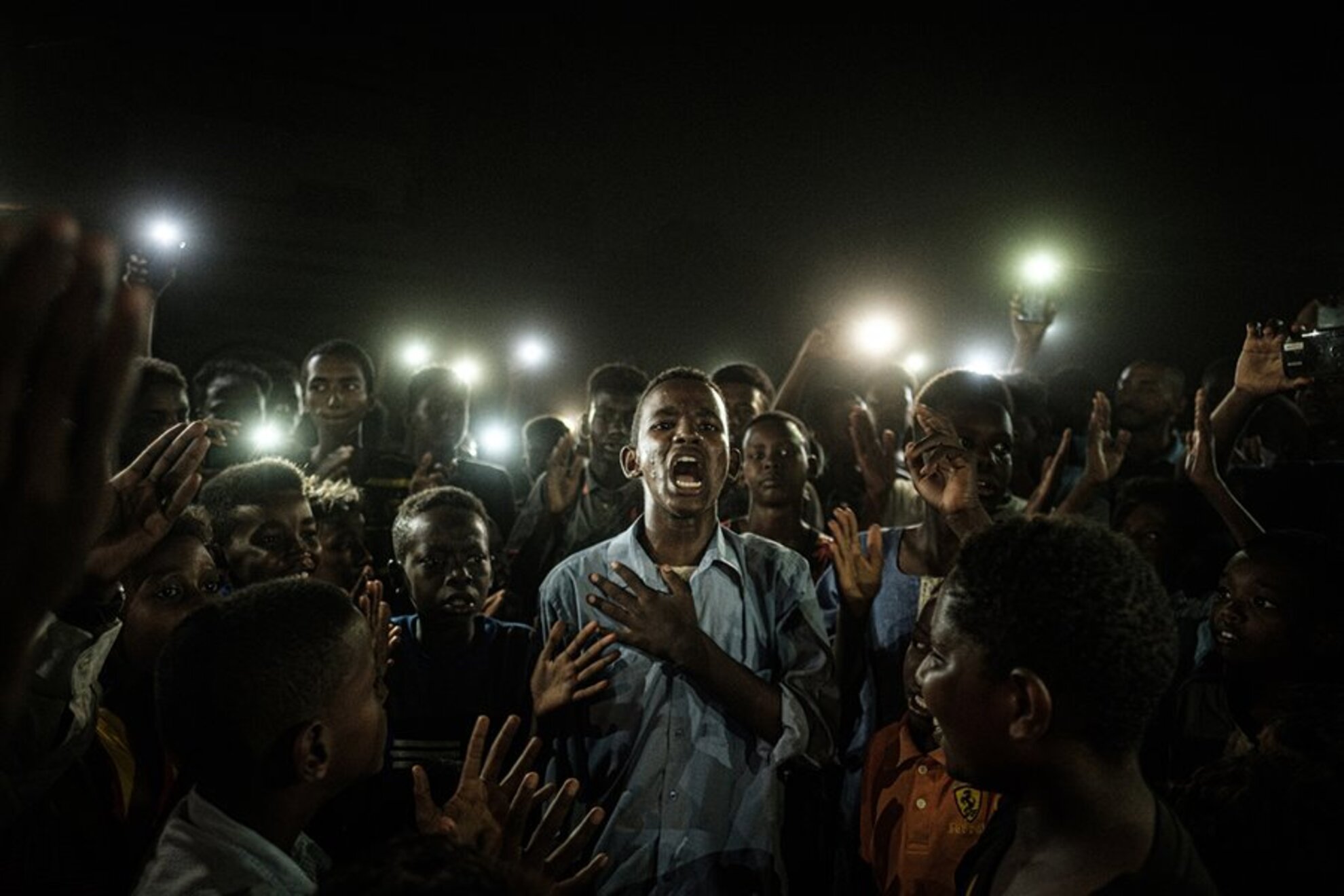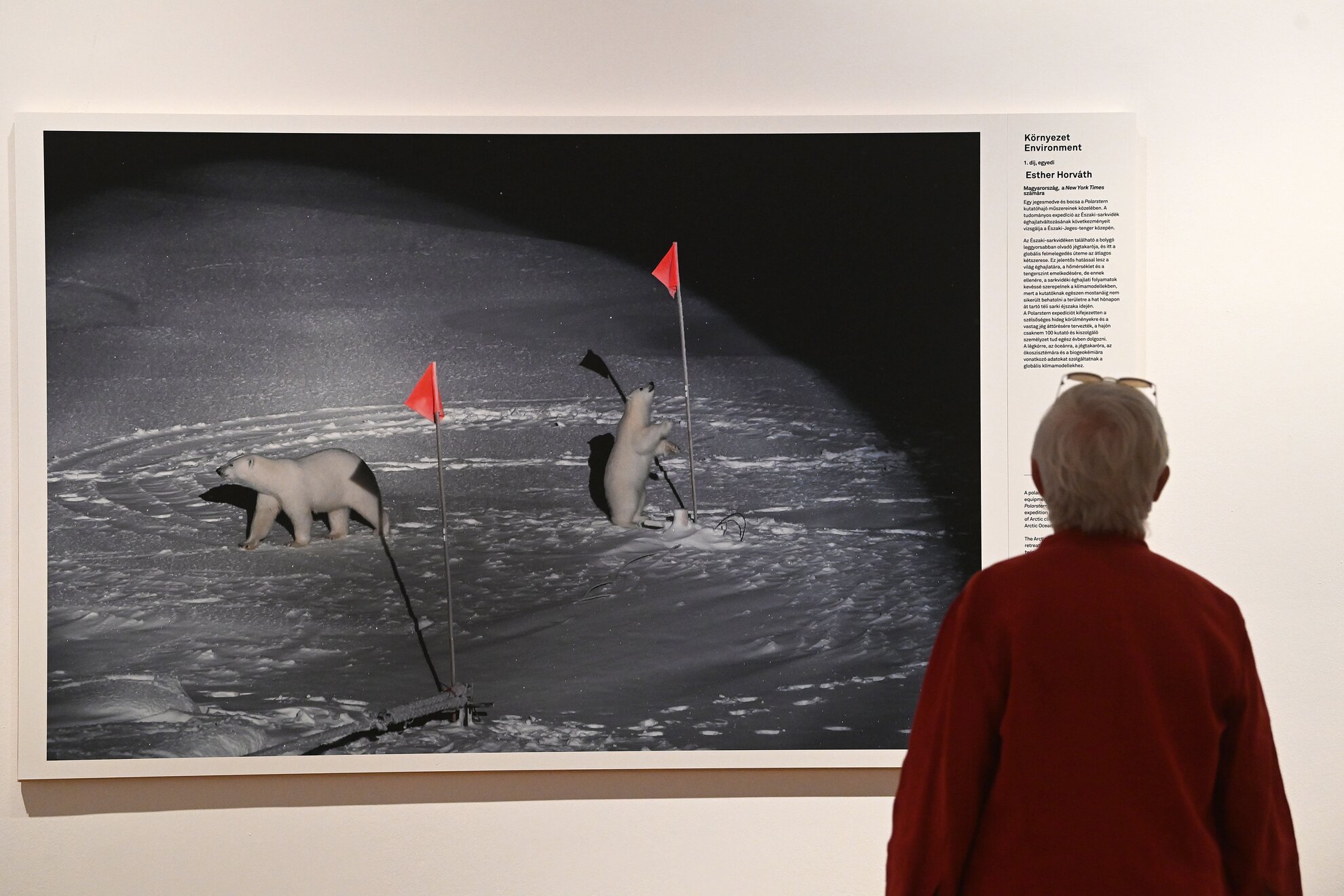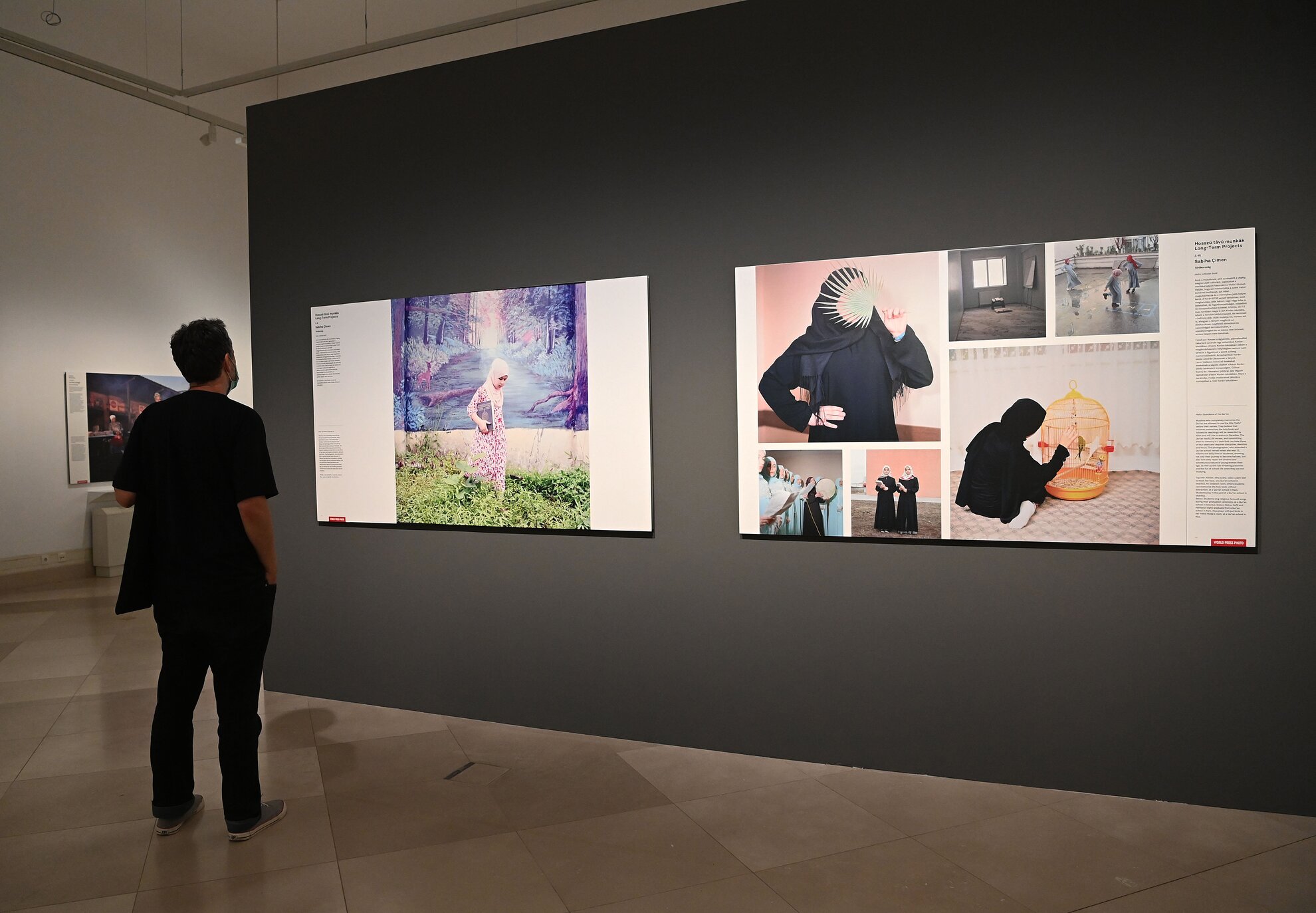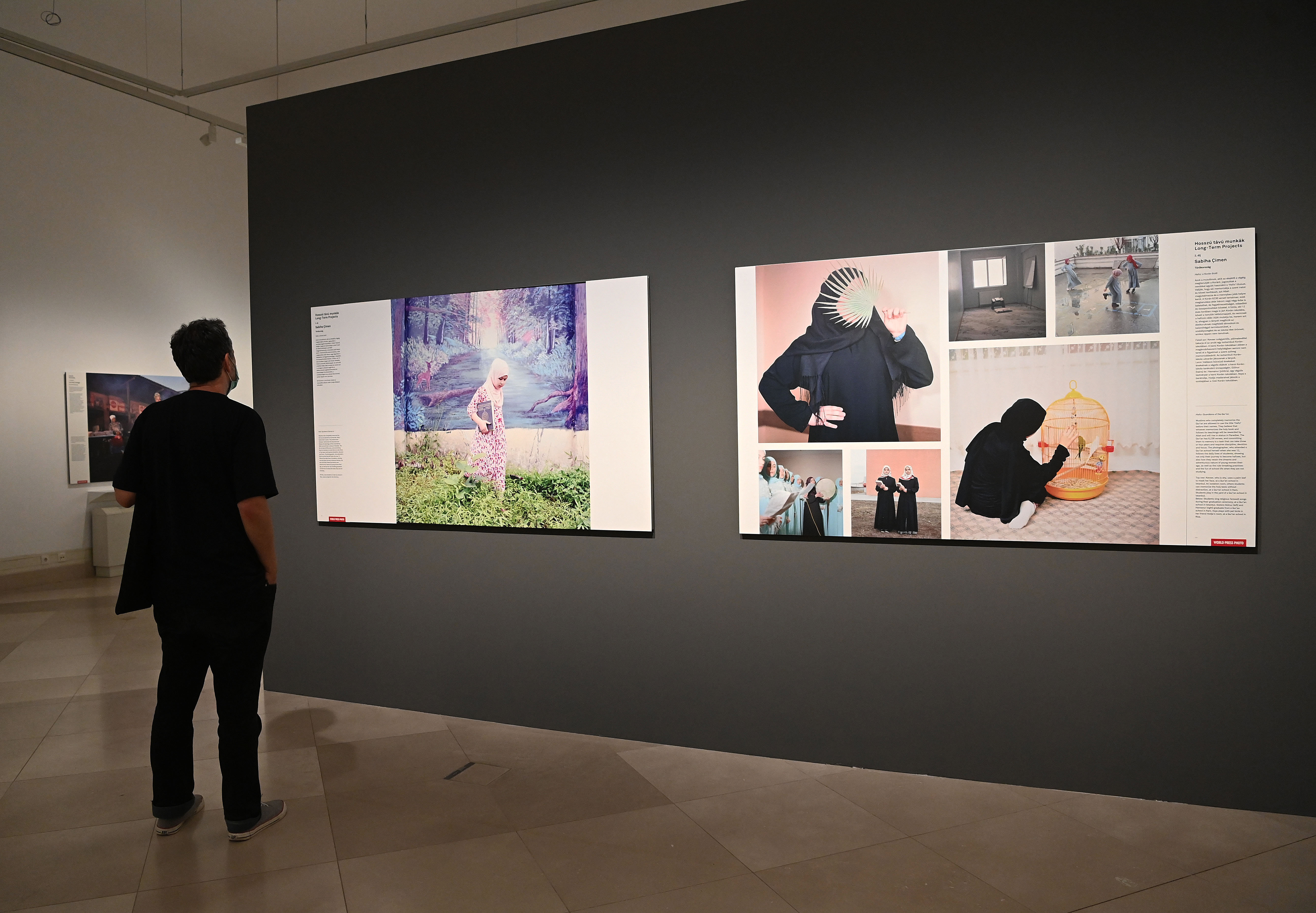These days, when we are bombarded with visual stimulation, the question might arise as to what a photo exhibition might show us that we haven’t seen before or couldn’t find on the internet.
First of all, it’s a completely different experience to admire a large-size image displayed on a wall. Secondly, our attention is gripped, as there is nothing else in the exhibition space that distracts us from the object and message of the image. There is space and time to take in and process what is being seen – and these are valuable moments in today’s world.
And such are the international conflicts around the world, the human tragedies that follow from them and the extraordinary destinies that result, this means that we should give them our attention for two minutes at least.

The World Press Photo Exhibition 2020 has just opened at the National Museum, in a larger space than usual to meet with security requirements. The human stories depicted, though, are no less moving: a legless contemporary dancer performing on a crutch, a South African transvestite artist-activist, the shocking stories of former prisoners of the Islamic State. You see endangered places like Lake Victoria, forest fires in California and Australia, one of the world’s largest dried-up salt lakes in Iran, as well as Alaskan and Siberian settlements where subsoil melting is already a tangible problem.
Topics include the destruction of Hurricane Dorian, a terrorist attack in Cairo and anti-government protests in Algeria, Iraq and Chile. The image of the year was also taken at a protest, a young Sudanese man reciting a poem in the dark during a power outage in Khartoum in the light of mobile phones – authorities had tried to restrict the internet and electricity to crack down on demonstrations against the military state.

One special feature of this year’s competition is that for the first time, a prize went to a Hungarian woman: you can also see Esther Horvath's award-winning shot in the environmental category, showing polar bears during a scientific expedition in the Arctic.
Also this year, the main exhibition will be complemented by three accompanying ones, with films and multimedia from the Digital Storytelling competition screening in the cinema room accessed from the exhibition space.
In addition, cartoonist-photographer Füles, aka József Tóth, has his own show entitled PÉLDA-képeim (a play on words around the basic meaning ‘My Role Model Images’), displaying portraits of Hungarian photographers, with witty captions.

Finally, at the other end of the corridor, Next-Image Mobile Photos presents the best Hungarian images of the year taken with a mobile phone, together with works by six invited photographers.
Looking at the pictures in the World Press Photo exhibition, you realise how much you don’t know about the world and the urge to discover it becomes overwhelming – before you realise that you won’t be able to travel for a long time.
Of particular interest will be next year’s exhibition, which will surely reveal how photojournalists saw the coronavirus-affected world through the lens. Hopefully, we might be able to view it in relative comfort, without a mask.
World Press Photo Exhibition 2020
Hungarian National Museum
District VIII. Múzeum körút 14-16
Open until 25 October: Mon-Thur, Sun 10am-6pm, Fri-Sat 10am-8pm
Admission: 2,100 HUF, reduced 1,000 HUF




